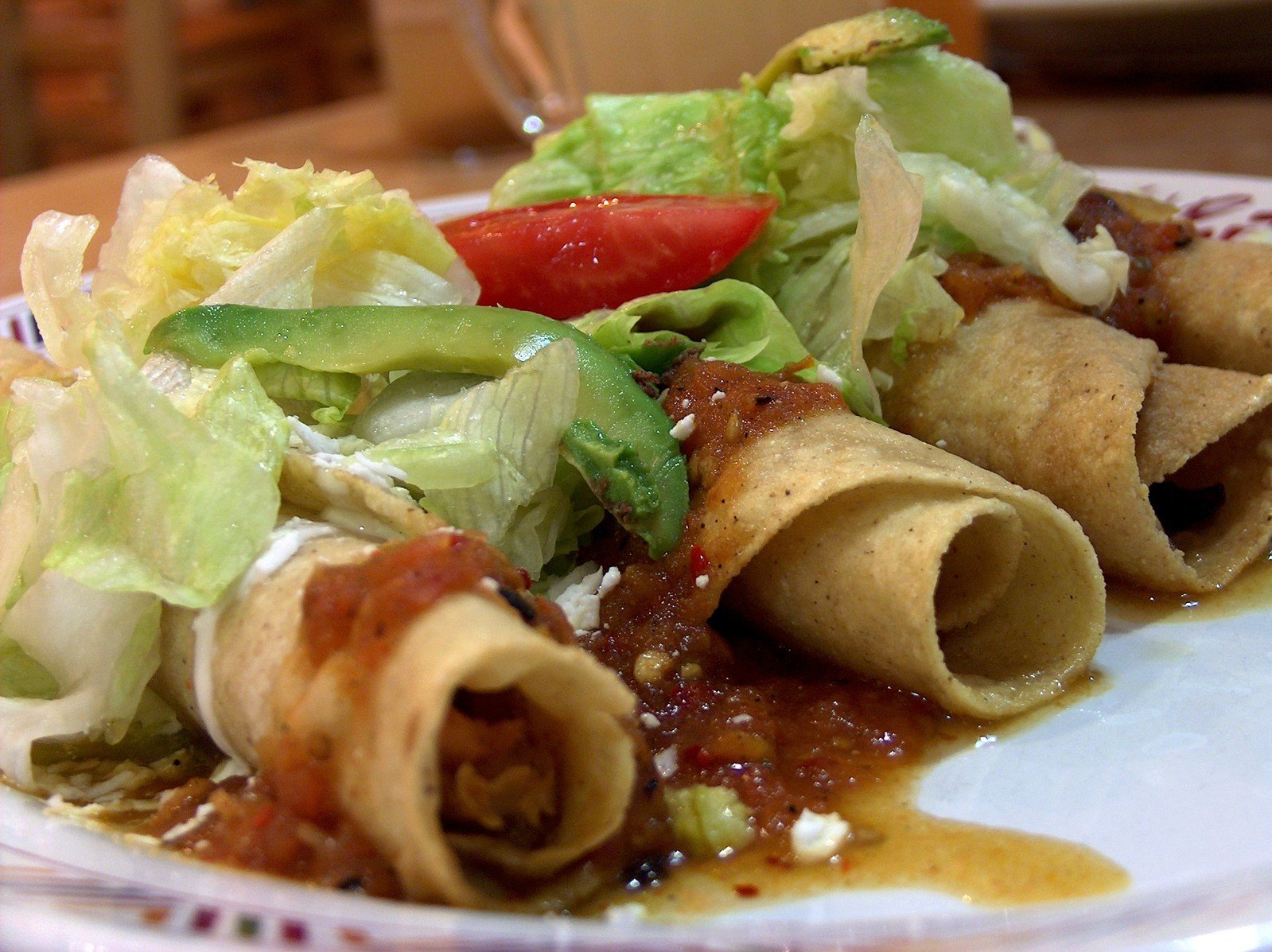
Best Cities For Foodies To Visit In the US & Other Interesting Facts
Traveling and food always go great together. When you travel to a new place, you want to experience it fully, and food is a big part of that experience. It could be a new country, a new state or even a new city.
Top Foodie Cities in America
If you love food as much as I do, the new 2018’s Best Foodie Cities in America report from WalletHub, should be very interesting.
WalletHub compared more than 180 of the largest U.S. cities across 29 key metrics. The data set ranges from affordability and accessibility of high-quality restaurants to food festivals per capita to craft breweries and wineries per capita.
Here’s the ranking for the top 20 cities based on their average score:
| 1 | Portland, OR | 11 | Atlanta, GA | |
| 2 | San Francisco, CA | 12 | Tampa, FL | |
| 3 | Miami, FL | 13 | Chicago, IL | |
| 4 | New York, NY | 14 | Denver, CO | |
| 5 | Los Angeles, CA | 15 | Washington, DC | |
| 6 | Orlando, FL | 16 | Sacramento, CA | |
| 7 | Las Vegas, NV | 17 | Philadelphia, PA | |
| 8 | Seattle, WA | 18 | Houston, TX | |
| 9 | San Diego, CA | 19 | Oakland, CA | |
| 10 | Austin, TX | 20 | Charleston, SC |
See the whole list of 182 cities here.
Best and Worst in Each Category
Cost of Groceries
- Best – Laredo, TX
- Worst – Pearl City, HI
Price of Beer & Wine
- Best – Indianapolis, IN
- Worst – Seattle, WA
Most Restaurants per Capita
- Best – New York, NY
- Worst – Peoria, AZ
Ice Cream & Frozen Yogurt Shops per Capita
- Best – Orlando, FL
- Worst – Lweiston, ME
Breweries & Wineries per Capita
- Best – Santa Rosa, CA
- Worst – Newark, NJ
Coffee Shops per Capita
- Best – New York, NY
- Worst – Pearl City, HI
Gourmet Specialty-Food Stores per Capita
- Best – New York, NY
- Worst – West Valley City, UT
Interesting Facts
- New York has the most gourmet specialty-food stores (per square root of population), 1.3816, which is 46.1 times more than in West Valley City, Utah, the city with the fewest at 0.0300.
- New York, has the most restaurants (per square root of population), 7.58, which is 31.6 times more than in Peoria, Arizona, the city with the fewest at 0.24.
- Orlando, Florida, has the most ice cream and frozen yogurt shops (per square root of population), 0.3313, which is 21 times more than in Lewiston city, Maine, the city with the fewest at 0.0158.
- Santa Rosa, California, has the highest ratio of full-service restaurants to fast-food establishments, 1.80, which is 3.5 times higher than in Jackson, Mississippi, the city with the lowest at 0.51.
HT: WalletHub



LOL. Pearl City, HI is my hometown and is still my area of residence. Can confirm the area’s dining sucks, but Honolulu is a 20-30 minute drive away in no traffic.
Methodology of some metrics being based on per square root of population seems quite odd to me. The rationale is to minimize the impact of supposedly small differences in population, but boy it seems to do a lot more than that.
For example, given metric value of gourmet food stores per square root of population is NYC with 1.3816 and West Valley City with 0.0300. The metric for NYC is 46x greater than for West Valley City, which certainly seems dramatic enough. But what does that metric mean?
Now, if I work backwards, I get 1.3816 = X / sqrt(8,622,698) or X = 4057 such stores in New York City. Similarly, 0.0300 = X / sqrt(133,660) or X = 11 such stores in West Valley City.
If you compute the more straightforward metric of stores per population, this metric for NYC is 0.0004705 and this metric for West Valley City is 0.0000823. On this metric, NYC is 5.7x that of West Valley City. I can interpret this 5.7x to mean that the NYC population, for whatever reasons, supports 5.7x more gourmet food stores per capita than West Valley City. The data only tells us there are 5.7x more stores, it doesn’t tell us that there’s 5.7x greater spending per capita because the cost to operate stores isn’t necessarily the same between the two cities, so it might require more disparity in spending or less disparity in spending to support the disparity in the number of stores. This 5.7x difference might fit some kind of cultural expectation/narrative, but it is much less dramatic than 46x.
So calculating the metric based on dividing by the square root of the population has served to exaggerate the difference between relatively small cities and relatively large cities. Bad use of statistics, in my opinion.